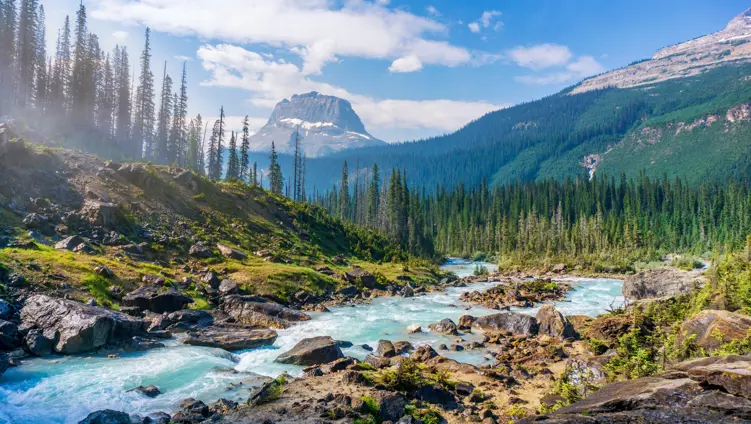Joseph Cobb
Joseph is a freelance writer, videographer and editor living in Falmouth, Cornwall. Joseph's debut novel, Fat Boy, won the gold medal for Humour Fiction in the 2019/2020 Foreword INDIES competition and will be showcased at the 2021 Frankfurt Book Fair. The book also received a 5-star review by Readers' Favourite and was rated 8.5/10 by Publishers Weekly's BookLife.
Joseph also has a strong background in screenwriting, having written and directed five highly acclaimed short films. He was nominated in Cork for the Young Filmmaker Award at the Corona Fastnet Short Film Festival for his comedy caper GetAway, and his lucha libre themed short Corazón de León opened the All Sports Los Angeles Film Festival. Travelling the world is one of Joseph’s most sincere passions, as is writing about it.



